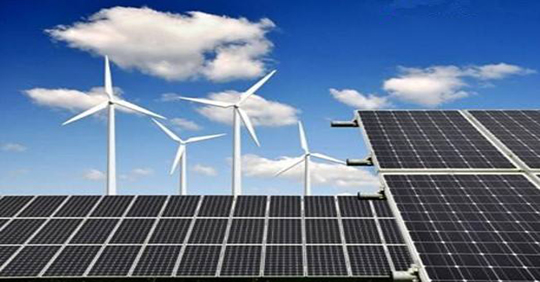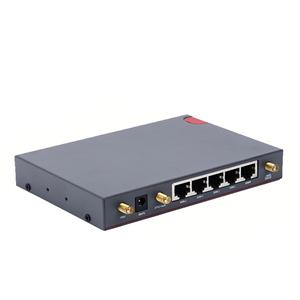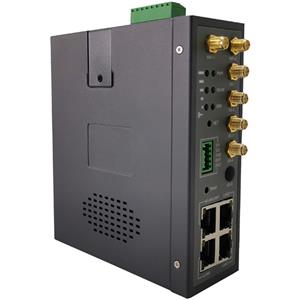The Future of IoT in Solar Energy
The Future of IoT in Solar Energy

Solar is the fastest-growing renewable energy source in the world, increasing in worldwide capacity by an average of 40 percent every year. Many energy companies are expanding to offer solar, which is among the most energy-efficient and lucrative sources of renewable electricity on the market.
Today, solar energy companies have more options than ever for making the most out of their equipment. Harnessing the power of digital transformation with IoT can resolve common challenges associated with complex energy grids and make it far easier to manage panels and energy output. For solar energy companies, installing an IoT system will help meet customers’ demands and improve overall efficiency. It is no longer a question of whether to attempt IoT digital transformation, but rather how to do it successfully.
Asset Management Can Be a Challenge
While it has many advantages, solar power can be a challenge for energy companies when it comes to management. Gathering data from the edge, across a diverse and distributed range of solar assets can be a major obstacle even for tech-savvy organizations with large budgets and engineering resources.
IoT applications are incredibly complex and require significant end-to-end infrastructure in order to transmit and process the data they produce and integrate it into systems, such as their enterprise web platform. To begin, you need to connect solar panels to the utility grid. You also need to ensure that your cellular modules, gateways and web platforms are all integrated properly, without breaks in connectivity or vulnerabilities in data security. Supposing that your system is fully integrated, you still need this equipment and software to tell you in real-time whether your solar station is delivering sufficient energy levels and maintaining load balance on the grid. Any renewable energy source, such as solar, wind, or biomass, experiences fluctuating energy generation in response to changes in the weather and other environmental factors. Your power grid needs to adapt to these changes to ensure you’re maximizing grid usage and load at all times.
These factors are complicated by the fact that renewable energy plants, such as solar and wind, tend to be clustered and widely distributed. When an energy system becomes too complex, it can cause a logistical nightmare for technicians and other grid managers. For example, making sure that each panel is running efficiently becomes more difficult as you add more panels to the mix. What’s more, if you have thousands of panels in a grid, there’s a higher potential for vulnerabilities in the system. Generally, the more complex your system is and the more devices you have in your grid, the more likely you are to have holes in your system’s security. I recommend choosing an all-in-one edge-to-cloud IoT solution to connect your solar assets to minimize security risks, simplify your project and speed up time-to-market.
Homtecs M2M has its own cloud management soultion to help you manage your solar assets




